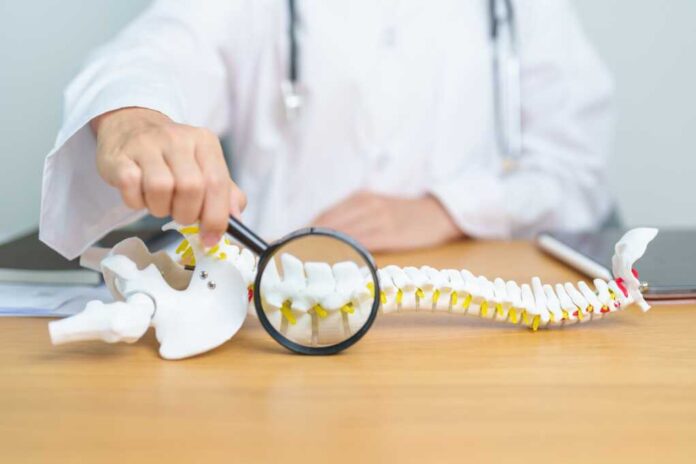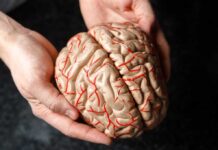
Electrical stimulation of the spinal cord is showing promise as a breakthrough treatment for patients with spinal muscular atrophy, offering renewed mobility and independence to those with a disease where improvement typically isn’t expected.
At a Glance
- A clinical trial shows spinal cord electrical stimulation can restore motor function in spinal muscular atrophy (SMA) patients
- The minimally invasive therapy improved muscle strength, walking ability, and reduced fatigue in participants
- Patients showed increased walking endurance by at least 20 meters and improved daily activity performance
- The approach could potentially treat other neurodegenerative diseases like ALS and Huntington’s disease
- Researchers plan larger clinical trials to assess long-term effectiveness
Understanding Spinal Muscular Atrophy
Spinal muscular atrophy is a genetic disorder that causes progressive motor neuron loss, leading to muscle weakness and movement difficulties. Current treatments focus primarily on slowing disease progression but don’t reverse nerve cell damage that has already occurred. This limitation has prompted researchers to explore alternative approaches that might restore function to damaged neural circuits, potentially providing new hope for patients with this debilitating condition and similar neurodegenerative diseases.
The standard of care for SMA has evolved in recent years with the introduction of medications that increase survival motor neuron (SMN) protein production, which is deficient in people with SMA. While these treatments have shown success in slowing disease progression, especially when started early, they don’t address the dysfunction of surviving motor neurons or reverse existing damage, leaving patients with persistent mobility challenges and limited independence in daily activities.
How Spinal Cord Stimulation Works
The groundbreaking approach involves stimulating sensory axons in the lumbosacral spinal cord using epidural electrodes. This targeted neurostimulation aims to amplify sensory inputs to motor neurons, effectively reawakening neural circuits that have become dormant due to the disease. By increasing motoneuron firing rates and reversing maladaptive changes, the stimulation helps improve muscle function and movement capability in patients who typically experience progressive decline.
The intervention focuses on activating sensory nerve pathways that feed into motor circuits, essentially providing additional stimulation to motor neurons that have become less responsive due to the disease. This approach differs significantly from traditional treatments that focus solely on preserving remaining neurons rather than improving their function. By addressing both aspects of the disease, researchers hope to provide more comprehensive treatment options for patients.
Promising Clinical Trial Results
Three SMA patients participated in a 29-day pilot trial with spinal cord stimulation sessions five times a week. The participants underwent two hours of daily stimulation during walking and strength tasks, with electrodes placed in the lower back targeting sensory nerve roots. This relatively short intervention period yielded surprisingly positive results, suggesting that even brief periods of appropriate neural stimulation can lead to meaningful functional improvements.
The results showed consistent improvements across multiple measures: increased motor function, walking endurance gains of at least 20 meters, reduced fatigue, and enhanced performance in daily activities. Most remarkably, these improvements continued throughout the trial period without reaching a plateau, suggesting potential for even greater gains with longer treatment. The benefits were observed regardless of disease progression or whether patients were already receiving SMN-inducing therapies.
Future Implications and Research
The successful trial results have significant implications beyond SMA treatment. Researchers believe this neurostimulation approach could potentially benefit patients with other neurodegenerative diseases like amyotrophic lateral sclerosis (ALS) and Huntington’s disease, provided appropriate neural targets can be identified. This represents a paradigm shift in treating neurodegenerative conditions, focusing not just on preventing further decline but actively restoring function to compromised neural circuits.
Researchers are planning larger clinical trials to assess the long-term safety and effectiveness of this approach. They are particularly interested in understanding how sustained stimulation might continue to improve function over extended periods and whether the therapy might be even more effective when combined with existing treatments. The results, published in Nature Medicine, represent a significant step forward in the development of comprehensive treatment strategies for neurodegenerative diseases that have traditionally been considered irreversible.


















